This list is not all-inclusive. Please call if your area is not listed.
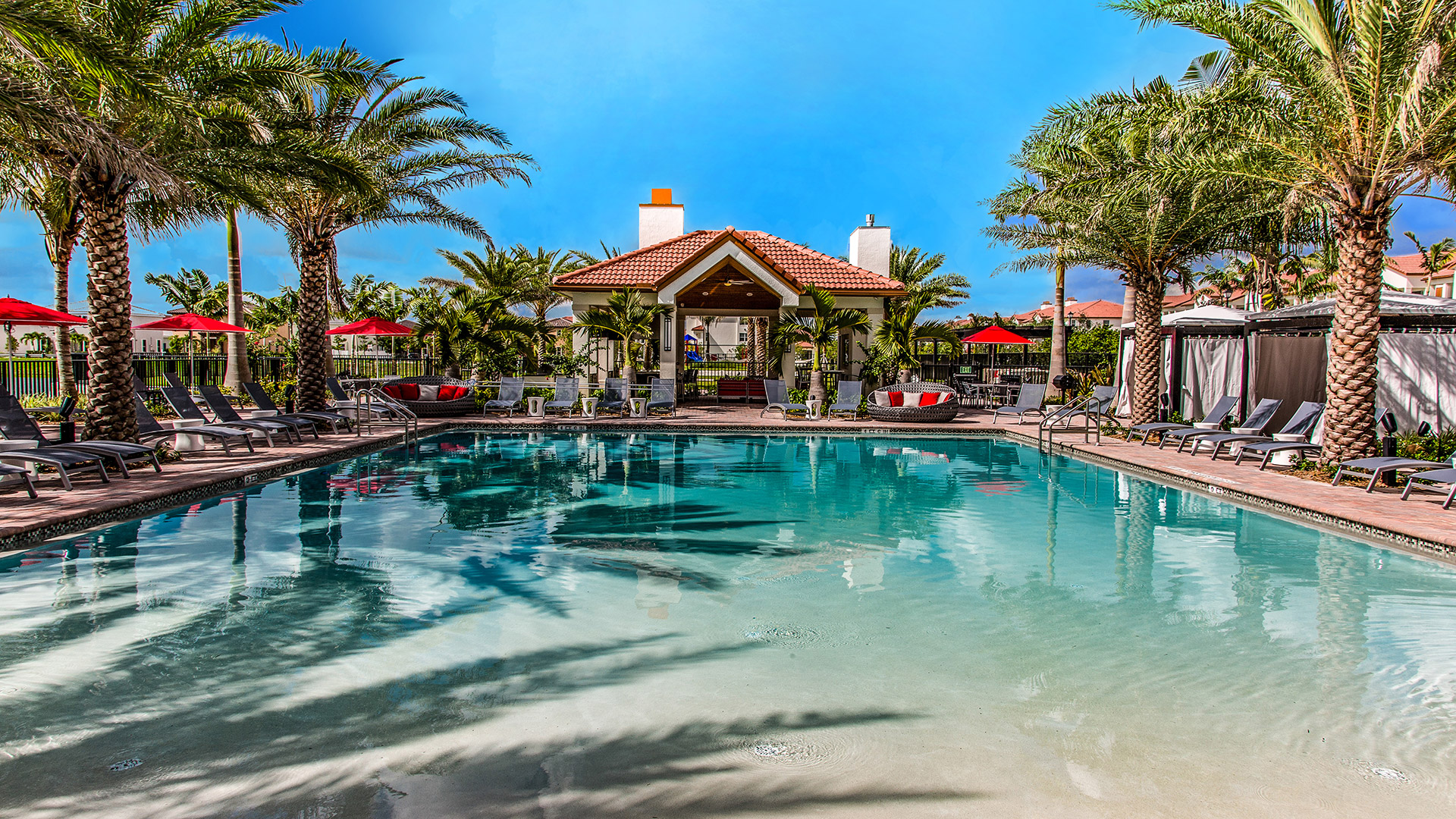
Much of what is now Kendall was purchased from the State of Florida in 1883 by the Florida Land and Mortgage Company. It was named for Henry John Broughton Kendall, a director of Florida Land and Mortgage who moved to the area in the 1900s to manage the company’s land. As the land was not open to homesteading, development was slow well into the 20th century. A post office opened in 1914, and the first school opened in 1929. After the end of the land boom in 1926, some residents left. Two Seminole camps were in the Kendall area, and Seminoles continued to live there into the 1940s.
The area is primarily defined by Kendall Drive that runs from the uber-affluent communities of waterfront homes on Biscayne Bay to the rural Krome Highway that takes us into agricultural communities of the western most areas of the county. Styles of Landscape vary widely throughout Kendall.
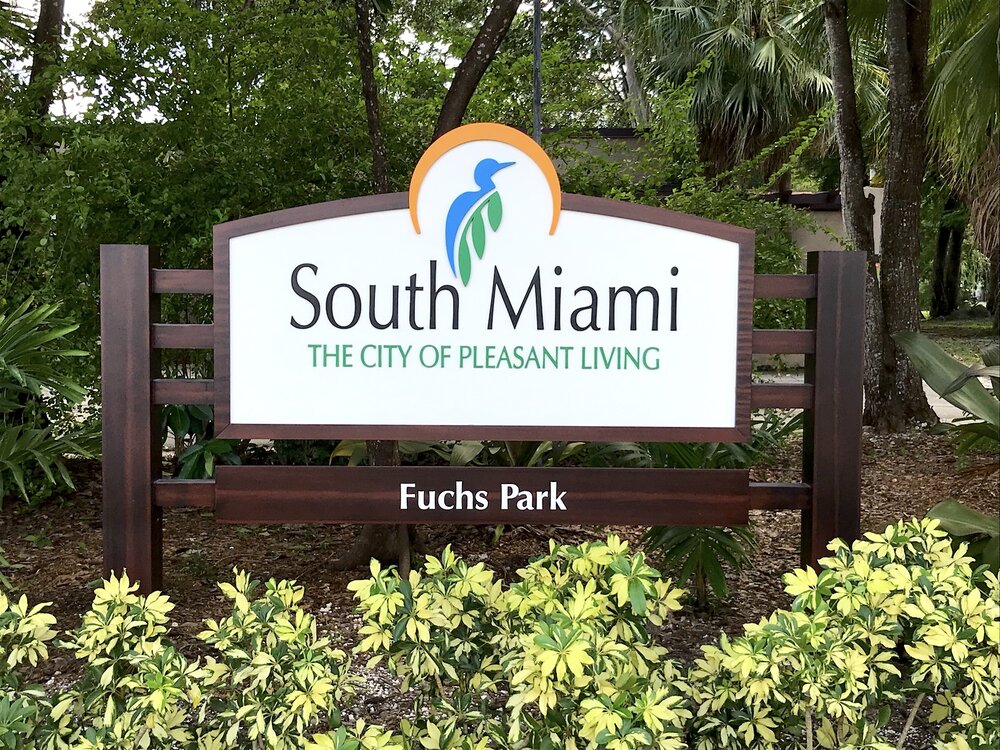
The Florida Legislature approved the charter, and on June 24, 1927, the Town of South Miami ceased to exist and the City of South Miami was born. Since the 1950s, the city and its charter have experienced several changes but have largely remained true to the pioneers’ vision. Today, much like the post-war period, the City of South Miami is experiencing tremendous growth and redevelopment, as people have recognized the unique “small-town” atmosphere of the “City of Pleasant Living”. The city stands poised to lead by example in the next millennium.
The City of South Miami takes the community landscape very seriously. Permits are required for most shade trees removed of any substantial size and hefty fines levied for those that fail to get a permit before removing trees. New home construction needs to include approved landscape plans with the required amount of natives and shade trees. As the architectural styles of homes have varied greatly throughout the years, the landscape styles and densities have also varied widely.
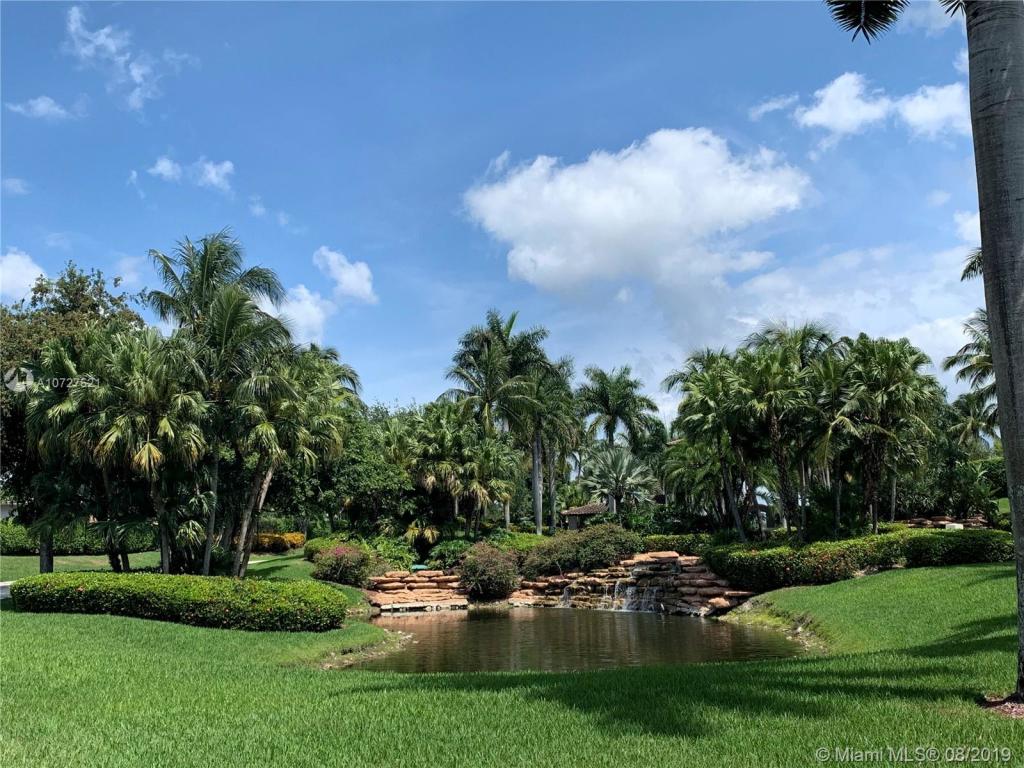
In 1962, the Kaskel’s dream came true when they opened the country club that featured the Blue, Red and Par 3 golf courses. They named it Doral – a combination of Doris and Alfred. As Doral’s very first structure, the Doral Hotel and Country Club became the area’s hot spot.
By the early 1980s, Doral started to experience its first residential growth spurt, when Alfred’s and Doris’ grandson Bill developed Doral Estates, followed by a joint venture with Lennar Corporation to build Doral Park. Both communities were named after the hotel, a trend that was to be repeated many more times. Although younger families started flooding the area, there were no stores, schools, or parks. Initially, most new homes were investment properties or second homes, but early full-time residents started coming together as a community.
From 1983 to 1985, Miami-Dade County imposed a building moratorium to protect the area’s water wells. Once the ban was lifted, Doral experienced tremendous growth. In 1989, Morgan Levy helped organize the West Dade Federation of Homeowner Associations to stand strong against any proposals that threatened the community’s welfare. Thus, they secured a police station instead of a jail, as well as convinced county officials to implement higher development standards as well as more lighting, roads and landscaping.
In 1995, residents began lobbying for incorporation in earnest, dissatisfied with the high tax rate relative to the services they received, as well as unchecked growth. The county met the first attempt at incorporation with a year’s deferral. Some classified Doral as a “donor community,” meaning that the taxes paid were more than the cost of operations.[6] With the deferral, incorporation efforts intensified even more. In 1996, the community elected its first community council: Jose “Pepe” Cancio, Sr., Mario Pita and Barbara B. Thomas were elected and three other members were appointed. The council initially met once every month.
Today, the City of Doral has more gated communities than any other incorporated area in Dade county. Being a relatively new city with an affluent tax base, the homes in Doral are larger and the lots smaller than many of the older communities in the county. The smaller space forces us to be very selective where large shade trees are located and how circulation within these spaces is created. Small, succinct gardens with clean lines and contrasting textures are often the rule in Doral. Soft, tropicals are still used as accents but small gardens will have a limited number of elements when tropicals are used.
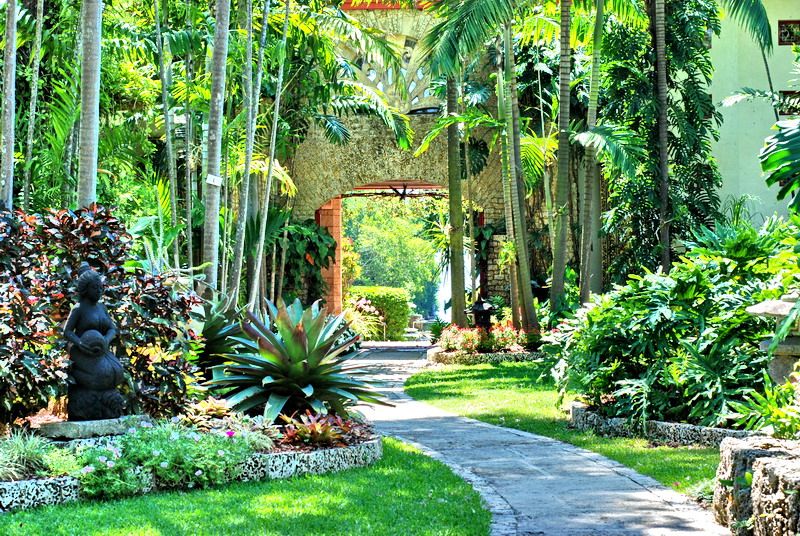
The city was developed by George Merrick during the Florida land boom of the 1920s. He had inherited citrus groves from his father, and in 1922 began to develop the acreage into the City of Coral Gables.
Coral Gables, the City Beautiful, stands out as a rare pearl in South Florida. It is a cohesive community built on a grand Mediterranean Revival architectural style to create an overall harmony with the environment. Early city planners and visionaries were influenced by the aesthetics of the City Beautiful Movement that swept across America in the early 1900’s. Inspired by the works of landscape architect Frederick Law Olmstead, who designed New York’s Central Park, The City Beautiful Movement encouraged the use of wide tree-lined avenues, monumental buildings, winding roadways, green space, ornate plazas and fountains galore. All these elements of style have been and continue to be incorporated by Coral Gables city planners.
The emergence of Miracle Mile in the 1950’s marked the beginning of a new era of development in Coral Gables, and paved the way for the commercial development in the 1960’s which ushered in many types of mainstream American Architecture. But in 1986, the City adopted a Mediterranean Architectural Ordinance, which provides incentives to builders who conform to the Mediterranean Revival style, using terra cotta colors and barrel tile roofs. While there are a few glass sheathed modernistic buildings lingering out there, it appears that Coral Gables has come back to its Spanish architectural roots.
Mediterranean landscapes styles with prudent use of open and vegetated spaces work well with the Architectural styles of homes found throughout the city of Coral Gables. Collected specimens from throughout the tropics are often substituted for the typical anchors and focal points found in European landscapes creating One-of-a-kind settings. Colorful and Tropical accents are also inserted into these otherwise ‘formalish’ styles that give our landscapes their unique features.
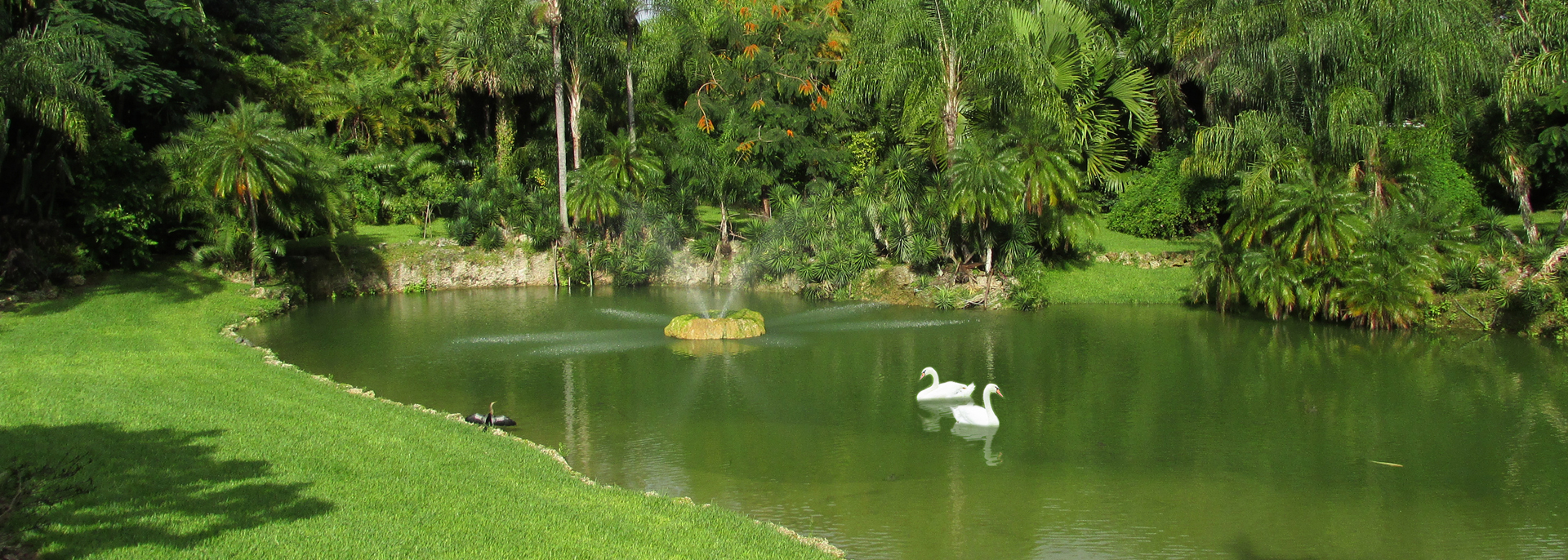
During the early 1900s, Miami pioneer and railroad tycoon Henry Flagler used the property at US 1 and Southwest 102 Street as a staging area during the construction of the Overseas Railroad to the Florida Keys.
During the 1950s and 1960s the area flourished with the development and construction of ranch-style homes on acre lots which laid the foundation for the community’s rural and lushly landscaped residential character.
Rapid growth and local issues during the 1990s inspired a movement led by residents Evelyn Greer and Gary Matzner to incorporate the area. The Village of Pinecrest was officially incorporated on March 12, 1996. Greer was elected the first mayor and was succeeded by Matzner in 2004. Today, the Village of Pinecrest is nationally recognized as a Tree City USA, a Playful City USA and a Community of Respect.
A wide variety of architectural styles dot the entire Pinecrest community. The Mediterranean styles that became the coral gables norm and the ultramodern linear construction using a majority of concrete and glass are two of the many styles used. The Landscape opportunities are endless in Pinecrest as the lots are large and the construction grand. The area has always been heavily vegetated and there are many mature old trees that exist on older ranch home sites waiting to be highlighted and accentuated.
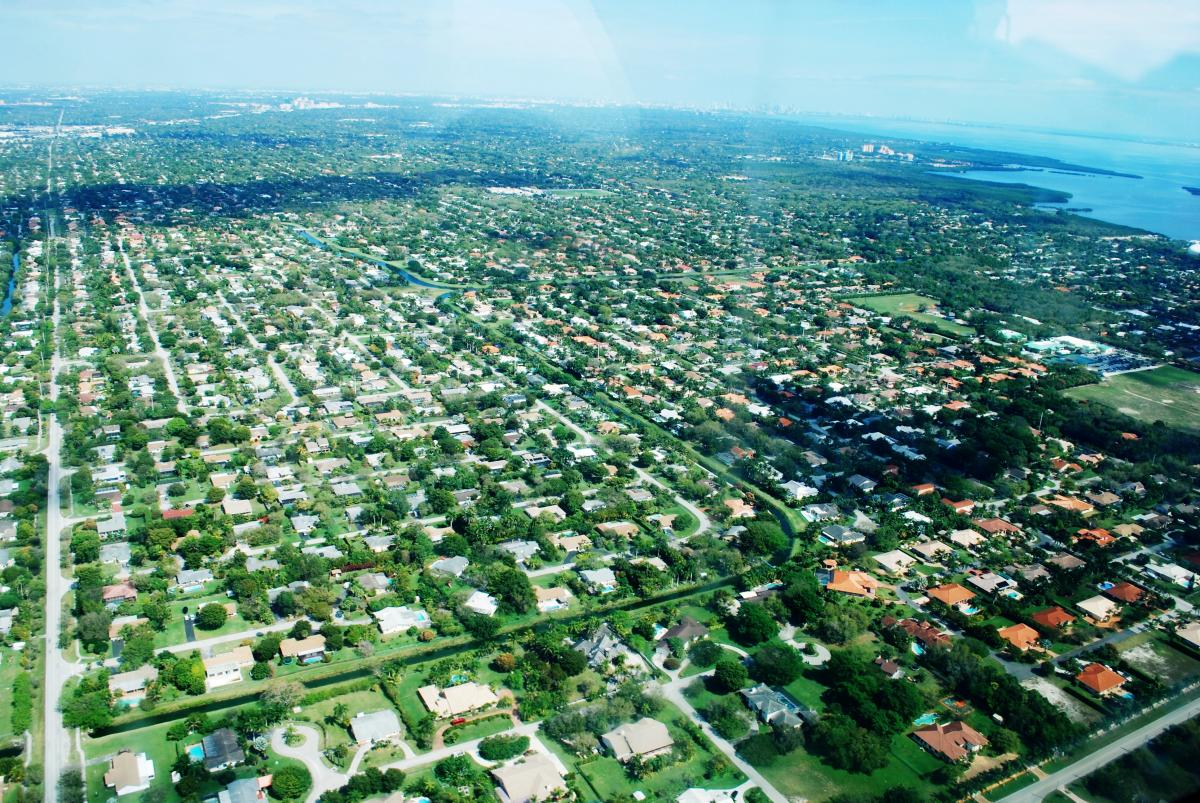
The Village of Palmetto Bay is located in an area of South Miami-Dade which has included many cultures inhabiting the land for over 10,000 years. Paleo-Indians, Tequestas, Seminoles, Afro-Bahamians, and Anglo-Americans have at different times lived here; each new group literally following in the footsteps of the preceding one. The evidence left behind recounts the evolution of human housing along the Miami Rock Ridge, from stone cave dwellings to Mediterranean Revival style mansions.
Today the area is a suburban mix of medium to low density housing and would be considered a heavily foliated community. The City of Palmetto Bay enforces strict rules governing the manipulation of the communities landscape. Certified arborists should be used when doing any type of tree work in Palmetto Bay and it is recommended that you hire a professional to design any new/substantial work in the landscape.
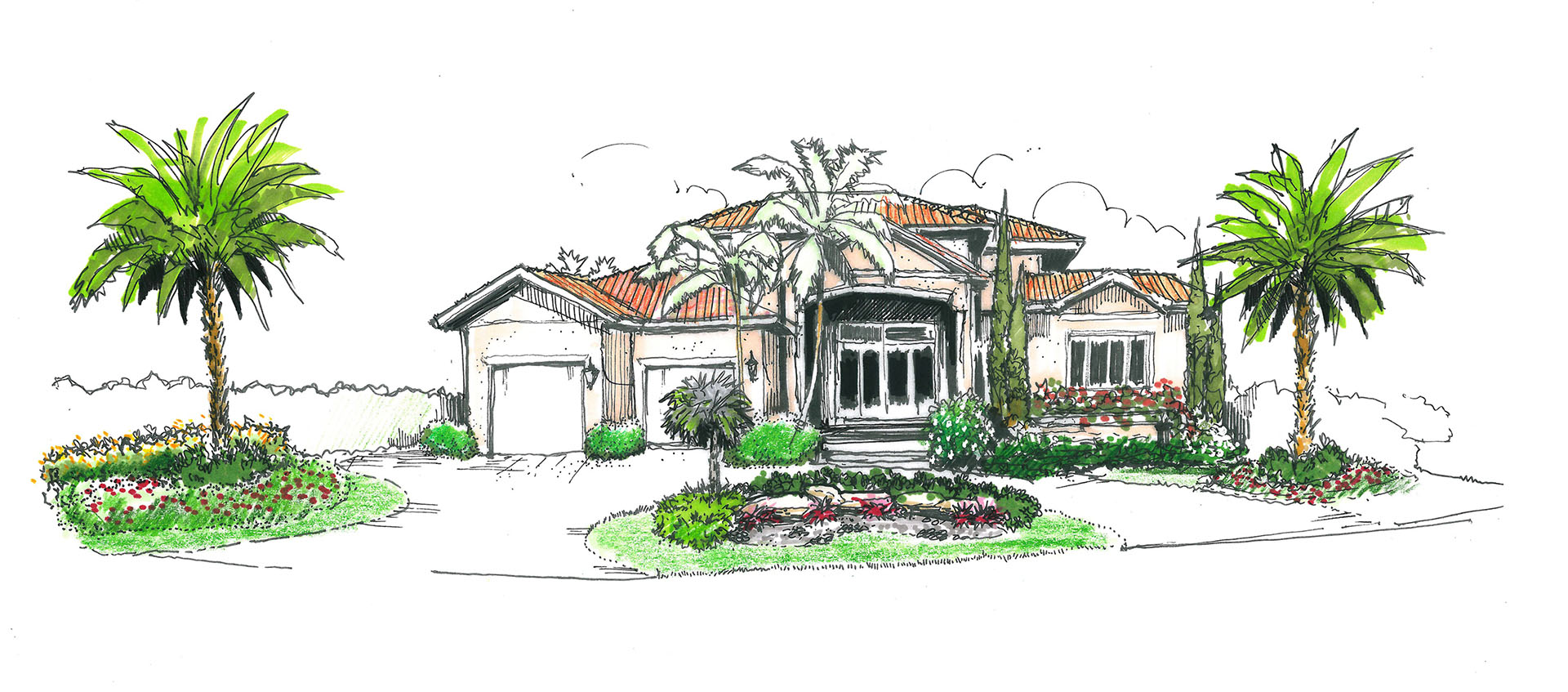
The Falls is a shopping plaza opened in 1980 as an upscale, open-air plaza. As its name implies, the center is designed around a lushly-landscaped man-made lagoon featuring numerous pools, waterfalls and bridges accented with modern sculpture pieces and decorative lighting. My Dad was a consultant in the design of the water feature and landscape back in the late 70’s.
The center features an iconic tower sign on the southwestern corner of South Dixie Highway and S.W. 136th Street (Howard Drive). The success of the center has led to the surrounding Howard, Briar Bay and Colonial Palms neighborhoods to be encompassed by the generic “The Falls” name.
The area was primarily agricultural and still holds many Mango and avocado trees peppered throughout the community. Construction boomed in the late 80’s and early 90’s and many new homes were built. We have designed everything from the Mediterranean-Miami style to Asian, formal and tropical styles of landscape in the Falls area.
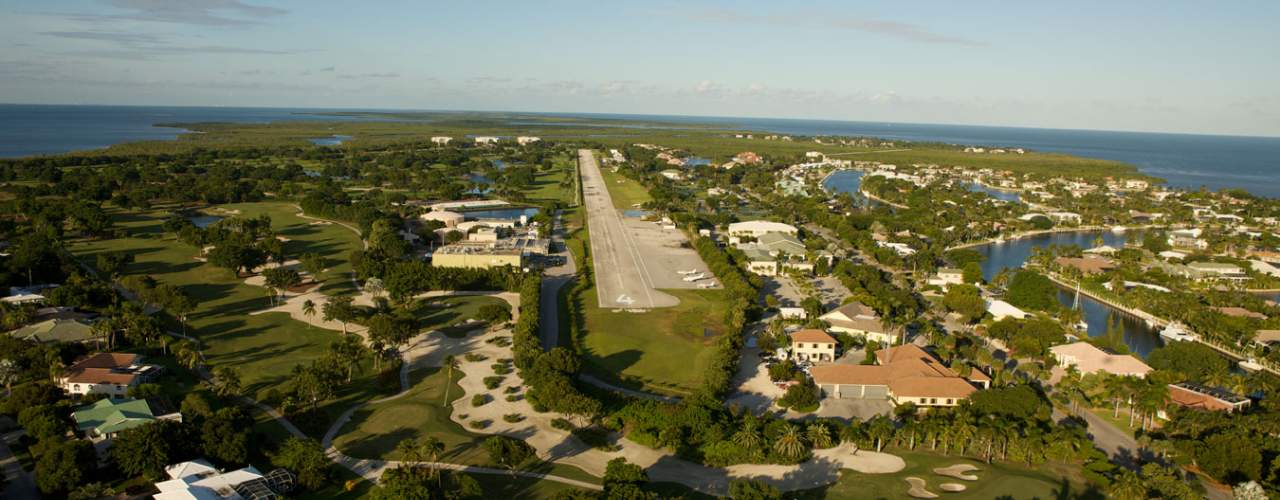
Located on the northern tip of Key Largo, Ocean Reef Club can trace its history back to 1945 when Minneapolis developer Morris Baker purchased the Dispatch Fishing Camp sight unseen dreaming of a rustic fishing retreat away from the cold northern winters, and in its early days, it was just that, rustic huts and great fishing. It’s changed quite a bit, however, the mangroves, coral rock, exotic birds, marine life and native animals are still there. Today’s Ocean Reef Club encompasses 2,500 acres, including two 18-hole golf courses, an inn for guests of members, a spa, 175 slip marina, medical center and even a Kindergarten to 8th-grade school and village with shops to serve residents, some who stay year-round.
This is an interesting area for landscapes. The substrate is primarily limestone rock and there is always a breeze of salt air to deal with. Most of the vacant lots available to build homes start at $1million plus. So… the challenge is to design, install and maintain a landscape worthy of multi-million dollar construction that will grow on a bed of rock and withstand the harsh salt air.
No problem. Look through our gallery at some of the landscapes we’ve completed in Ocean Reef.
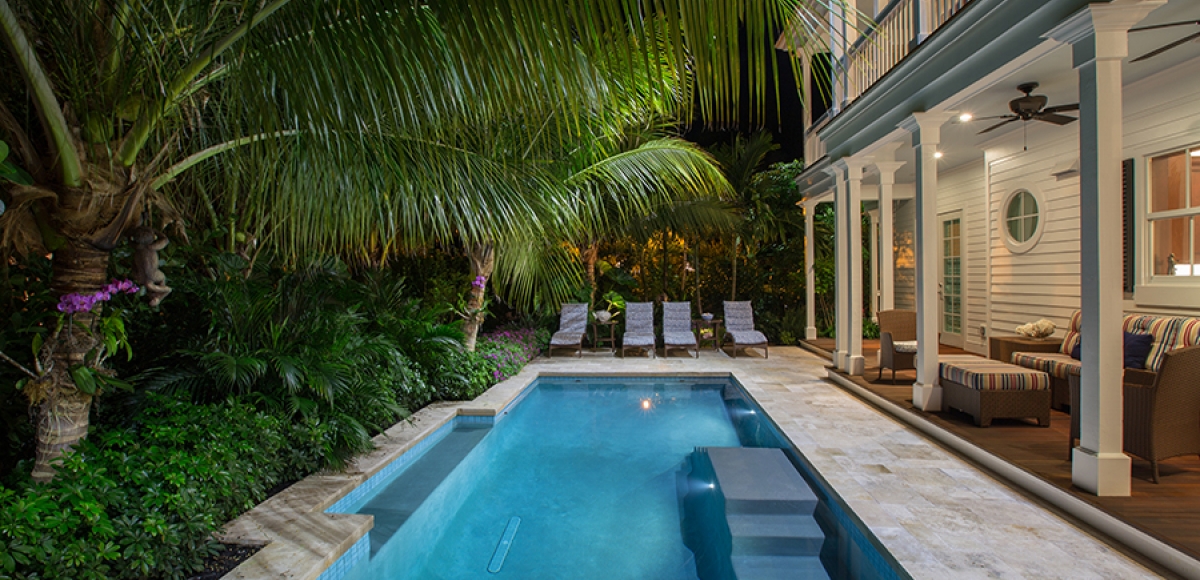
The longest island of the Keys chain, and the closest to mainland Florida, is Key Largo. The key gave its name to the 1947 movie classic starring Humphrey Bogart and Lauren Bacall – portions of which were filmed there. Bogart’s Key Largo connection still is evident today as visitors can see the African Queen, the actual boat Bogart skippered in the movie of the same name, at the Holiday Inn Key Largo Resort & Marina, mile marker (MM) 100 oceanside.
Largest of the keys is Key Largo, about 30 miles (50 km) long and formerly known for its plantations of key limes (used to make key lime pies). John Pennekamp Coral Reef State Park, which contains large living coral formations, is the first undersea park in the United States. It is some 25 miles (40 km) long and 3 miles (5 km) wide and lies along Key Largo’s east coast.
Salt air and harsh conditions limit the landscape to primarily Native species. While color is still found in the landscape, expect to see contrasting textures of different shades of green with accents and anchors of Coconut palms (not native believe it or not) and a handful of native palms and specimen trees. Styles are generally minimalistic as a result of the oceanic conditions.
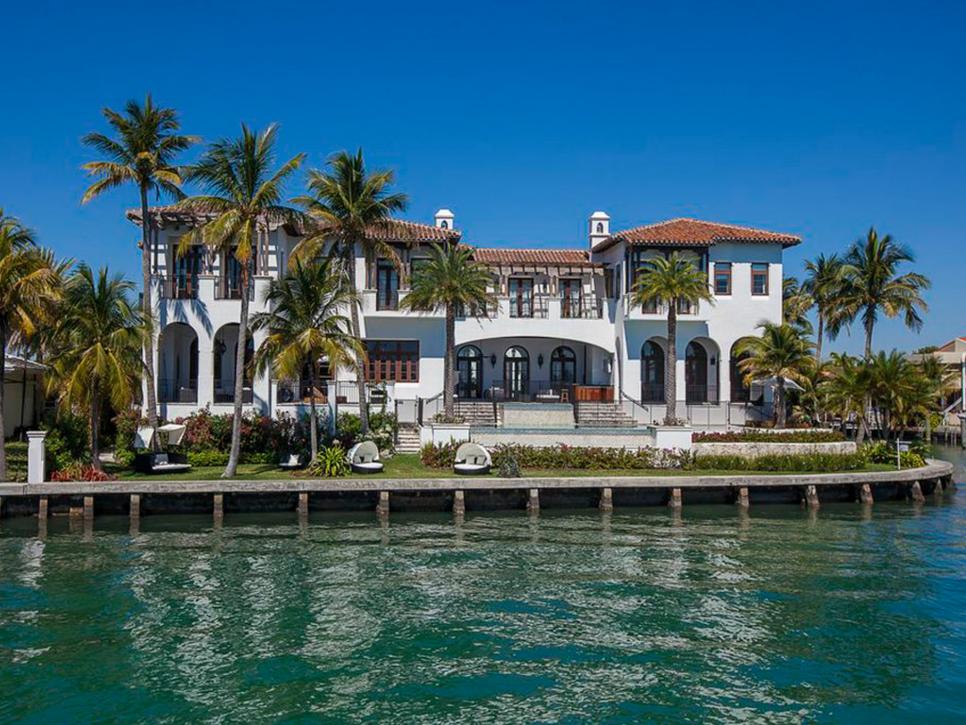
First sighting by the Spanish in 1513. They gave the area its name, which means Purple Isle. This incorporated village is a popular destination for Florida Keys vacations as it encompasses Plantation Key, Windley Key, Upper Matecumbe Key, Lower Matecumbe Key, Lignumvitae Key and Indian Key.
A Spanish treasure fleet was wrecked on the reefs of Islamorada during a hurricane in 1733. This may be the origins of the salvage business that thrived in the area for many years. Well into the 1900s, there were numerous “wrecking” businesses who retrieved cargo from sunken vessels and split the take with the ship owner.
Ship owners were often not happy about having to split the cargo with local business owners, who often had a bad reputation. But, without these services, they would have lost 100 percent of their cargo when their ships sank. Hostilities between a famous local “wrecker” and Native Americans led to a massacre on Indian Key Islamorada in 1940.
Nautical accents are common throughout the keys and paths of crushed coral used for circulation are commonplace. While grass is used as a groundcover in some homes, the cost of watering the lawn and the plants restricts the plant selection to xeric species in most cases. Many luxury homes have been built throughout Islamorada and most have landscapes to match their rich architecture.
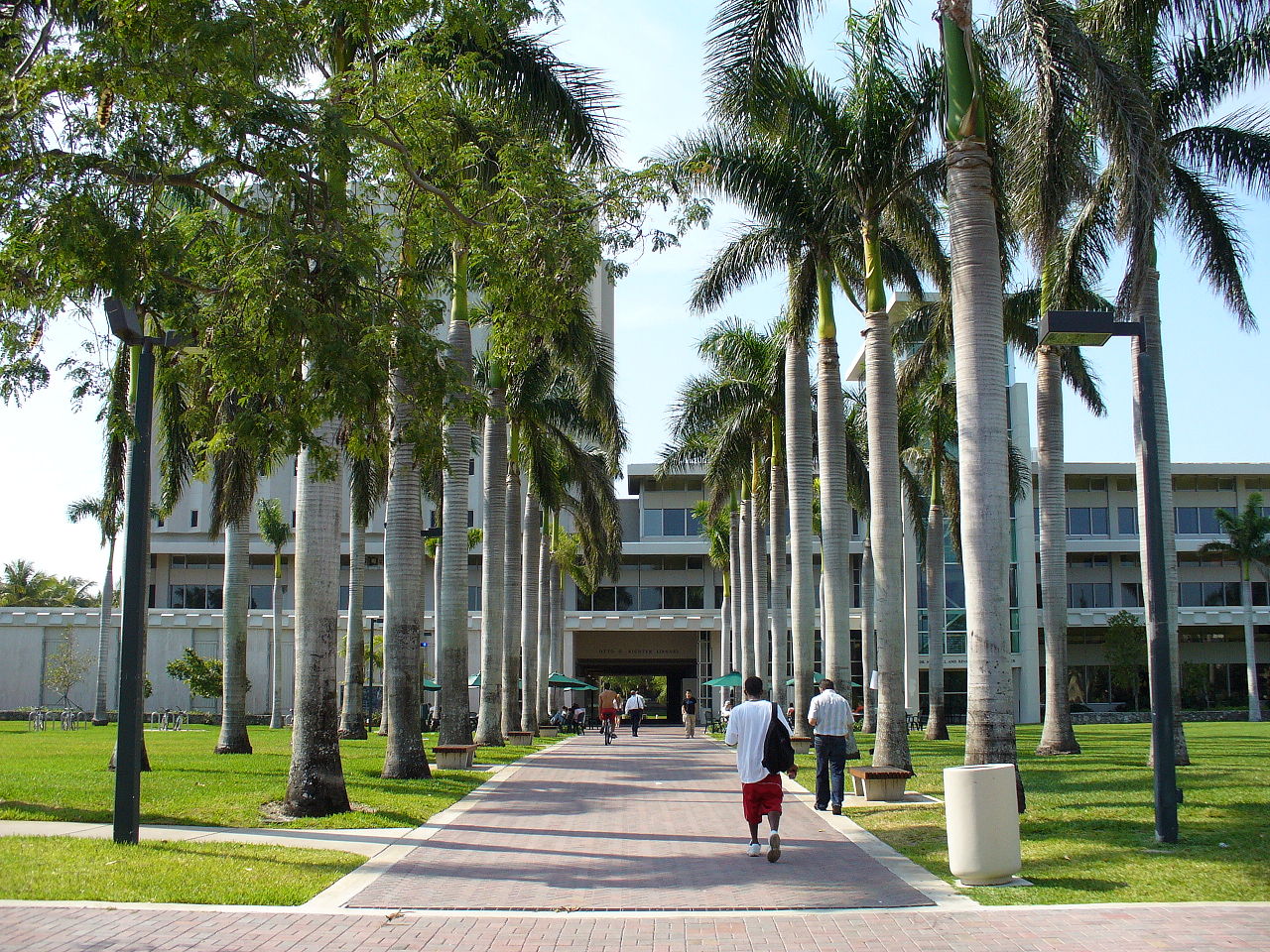
The Miami area was better known as “Biscayne Bay Country” in the early years of its growth. … Julia Tuttle, a local landowner, convinced Henry Flagler, a railroad tycoon, to expand his Florida East Coast Railway to Miami. On July 28, 1896, Miami was officially incorporated as a city with a population of just over 300.
The few published accounts from that period describe the area as a wilderness that held much promise. The area was also characterized as “one of the finest building sites in Florida”.[4] After the Great Freeze of 1894, the crops of the Miami area were the only ones in Florida that survived.
When World War II began, Miami played an important role in the battle against German submarines due to its location on the southern coast of Florida. After Fidel Castro rose to power in 1959, many Cubans emigrated to Miami, further increasing the population.
Being one of the most culturally diverse cities in the United States, one can expect a big range of landscape styles. Mediterranean styles are often used to keep in sync with the Spanish style homes built in the early 1900’s. Formal, almost baroque styles are used in some of the mega mansions and Tropical and colorful landscapes are often found throughout the different communities of ranch style homes in the suburban neighborhoods.
